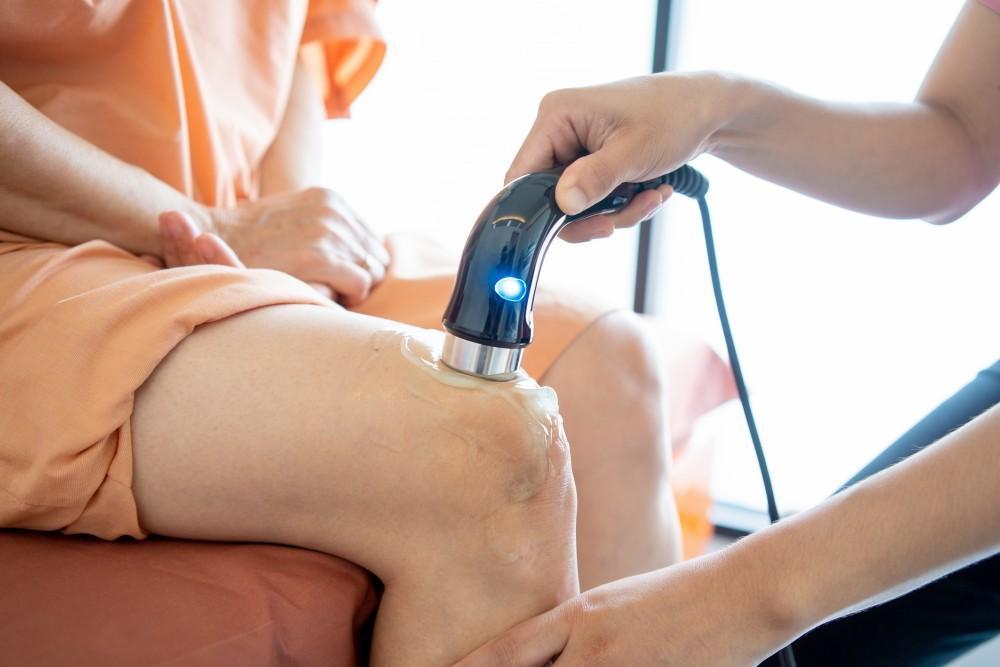Laser therapy, once the stuff of science fiction, has emerged as a powerful tool in the realm of medical innovations, unlocking tremendous healing potential across various conditions. Utilizing the principles of light amplification by stimulated emission of radiation LASER, this technology delivers focused beams of light to specific areas of the body, triggering biological responses that promote healing. One of the key advantages of laser therapy lies in its non-invasive nature, offering patients a safe and painless alternative to traditional surgical procedures or medication-based treatments. This makes it particularly appealing for individuals seeking relief from chronic pain, inflammation, and tissue damage. In the realm of pain management, laser therapy has proven to be highly effective. By targeting inflamed or injured tissues, lasers stimulate the production of adenosine triphosphate ATP, the energy currency of cells, which accelerates cellular repair and regeneration. This not only helps alleviate pain but also promotes faster healing, allowing patients to regain functionality more quickly.

Moreover, laser therapy has shown promise in accelerating the healing process for wounds and injuries. By enhancing blood circulation and oxygenation in the affected area, lasers promote the formation of new blood vessels and collagen, essential components for tissue repair. This can be particularly beneficial for patients recovering from surgeries, as it helps minimize scarring and reduces the risk of infection. Additionally, laser therapy has been effective in treating chronic wounds such as diabetic ulcers and pressure sores, providing a non-invasive solution for conditions that are often challenging to manage. Beyond pain management and wound healing, laser therapy has found applications in dermatology, offering non-surgical solutions for a range of skin conditions. From acne and rosacea to psoriasis and eczema, lasers can target specific layers of the skin, destroying bacteria, reducing inflammation, and promoting skin renewal. This not only improves the appearance of the skin but also addresses underlying issues, providing long-term relief for patients suffering from chronic skin conditions.
Furthermore, laser therapy has made significant strides in the field of ophthalmology, revolutionizing the treatment of various eye conditions. Lasers are now commonly used in procedures such as LASIK surgery to correct vision problems like nearsightedness, farsightedness, and astigmatism. Additionally, lasers are employed in the treatment of retinal disorders, glaucoma, and even certain types of cataracts. These minimally invasive procedures offer patients improved vision and reduced reliance on corrective lenses, enhancing their quality of life. In conclusion, laser therapy represents a groundbreaking advancement in medical technology, harnessing the power of light to heal and rejuvenate the body. Its non-invasive nature, coupled with its ability to stimulate cellular repair and regeneration, makes it a versatile tool for addressing a wide range of medical conditions. From pain management and wound healing to dermatology and ophthalmology, laser therapy continues to revolutionize the way we approach healthcare, offering patients safer, more effective alternatives to traditional treatments. As research and innovation in this field continue to progress, the potential for laser therapy to transform medicine and improve patient outcomes remains limitless.






